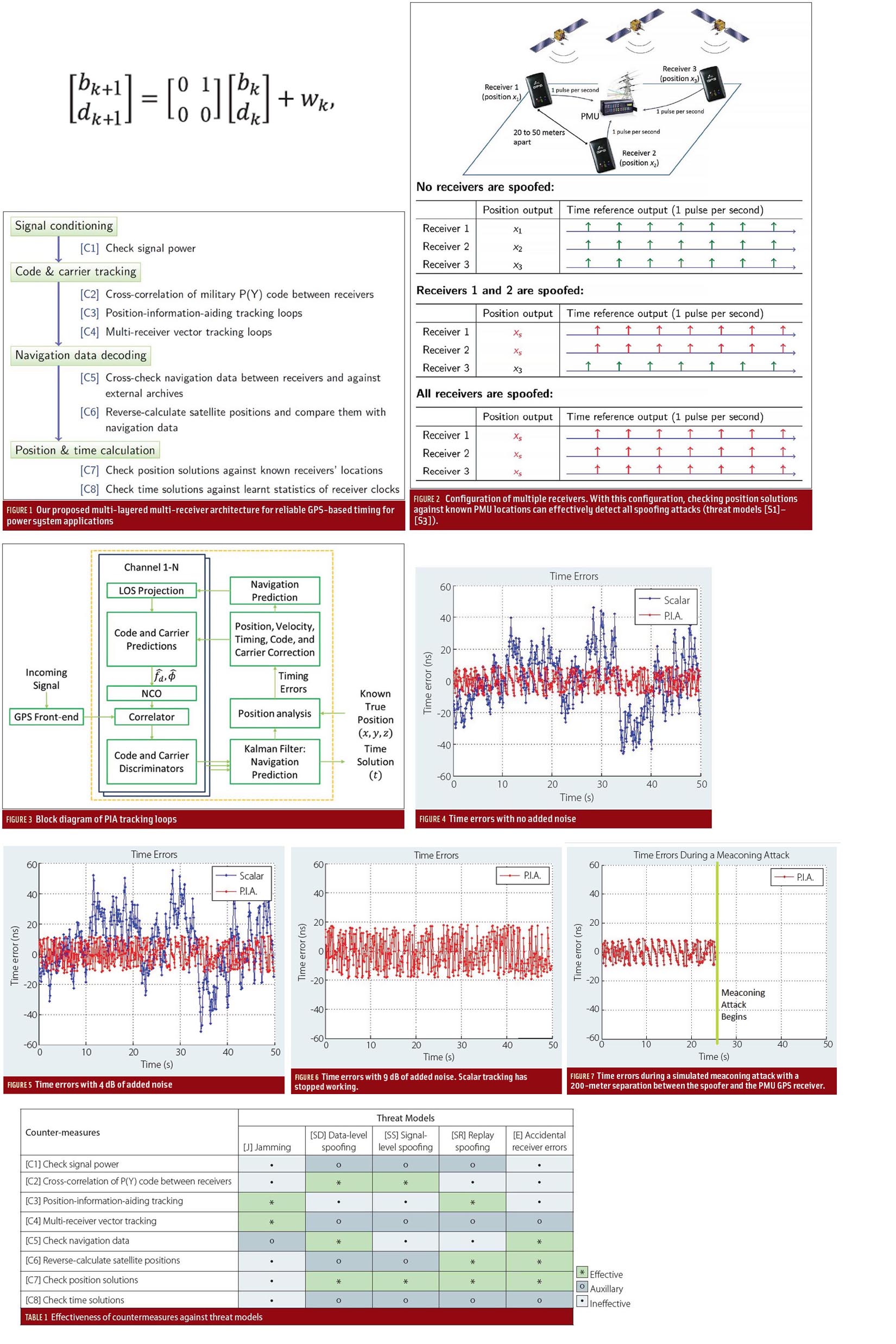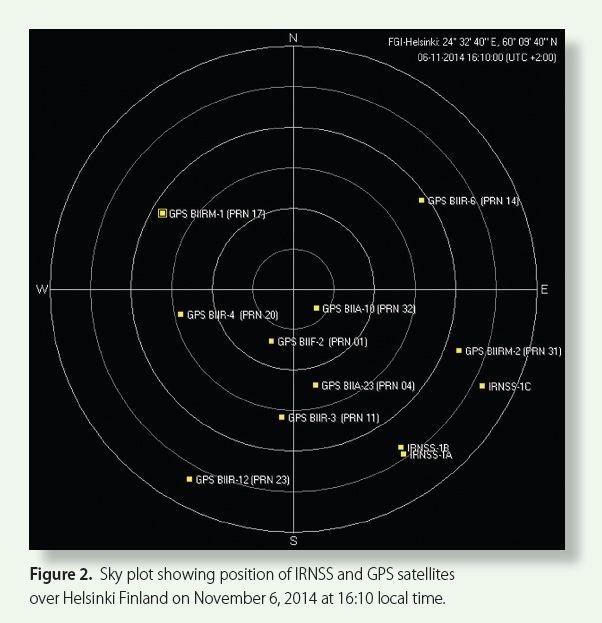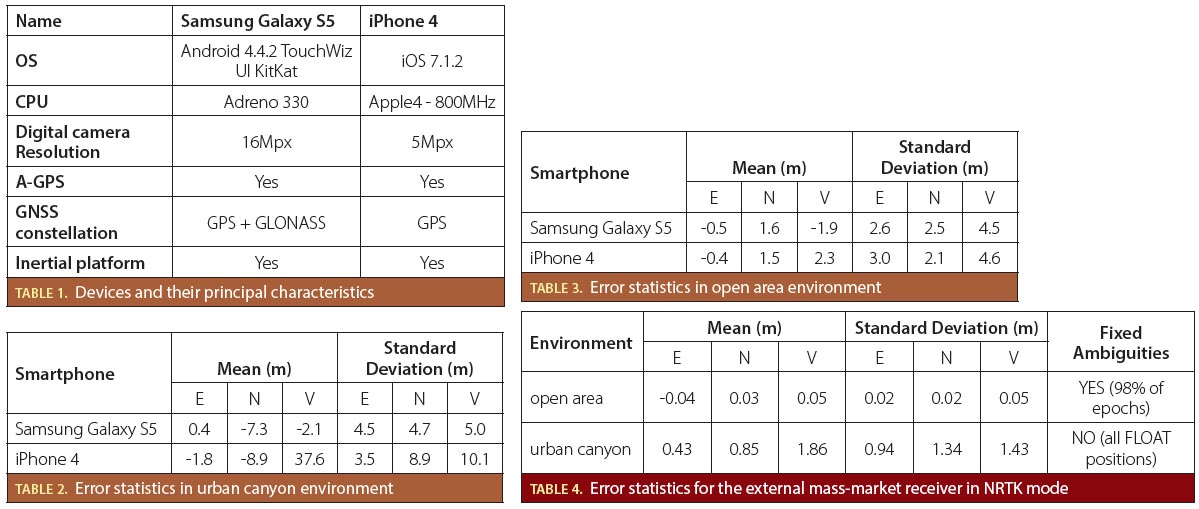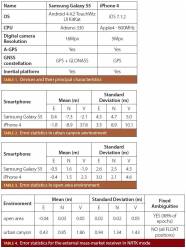ION GNSS+ 2015
 Bayshore Boulevard, Tampa, Florida
Bayshore Boulevard, Tampa, FloridaION GNSS+ 2015 will take place at the Tampa Convention Center in Tampa, Florida from September 14 through 18. Tutorials will take place on September 14 and 15. The exhibit hall will be open on Wednesday and Thursday.
The Abstract Submission Deadline has passed.
Early bird registration ends August 14, 2015.
The conference is now called ION GNSS+ to highlight its expanded emphasis on GNSS and the rapidly evolving field of alternative navigation methods.
By Inside GNSS




























